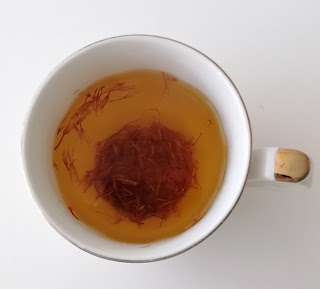Warm your up with Chinese herbal tea in the winter

Ingredients: Jujube, Longan Fruits, Gouqi berry and water boiled for a few minutes This tea can help nourish blood, calm the mind and improve sleep. Read more about acupuncture here < www.drmaggiejuacupuncture.co.uk >



